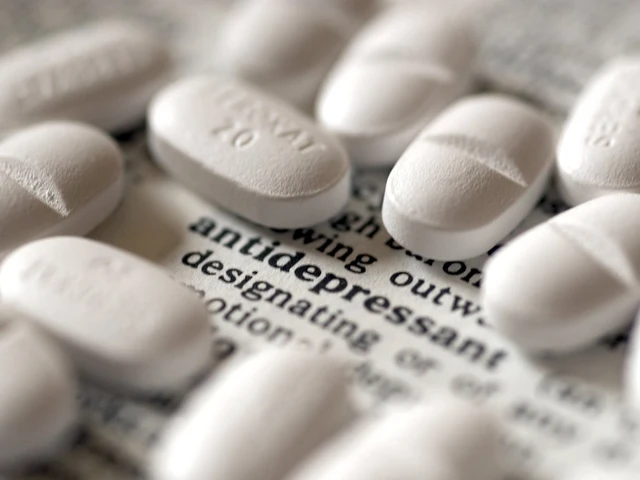Anticoagulant Alternatives: What Works Best for You?
If you’re on a blood thinner like Coumadin (warfarin) you’ve probably heard doctors talk about newer drugs or even non‑drug approaches. The good news is you don’t have to stay stuck with one choice. Below we break down the most common alternatives, how they differ, and what you should ask your doctor before switching.
Modern Oral Anticoagulants (DOACs)
Direct Oral Anticoagulants—often called DOACs—have become popular because they need less lab work. The four main ones are:
- Apixaban (Eliquis): works on factor Xa, taken twice a day, lower bleeding risk in the gut.
- Rivaroxaban (Xarelto): also factor Xa blocker, once‑daily dosing, good for people who miss pills.
- Dabigatran (Pradaxa): a direct thrombin inhibitor, taken twice daily, good for patients with kidney function over 30 ml/min.
- Edoxaban (Savaysa): another factor Xa inhibitor, once daily, approved for certain heart‑ rhythm issues.
All of these avoid the frequent INR checks that warfarin requires. However, they aren’t free—insurance coverage varies, and they can be pricey. Also, if you need emergency surgery, tell the surgeon you’re on a DOAC; reversal agents exist but may not be stocked everywhere.
When to Consider Non‑Drug Options
Sometimes lifestyle tweaks can lower your clot risk enough to reduce medication doses. Here are a few practical steps:
- Stay active—short walks after meals boost circulation.
- Hydrate well; dehydration can thicken blood.
- Watch your weight—extra pounds put pressure on veins.
- Quit smoking; nicotine narrows vessels and speeds clot formation.
These changes don’t replace a prescription, but they can complement it and sometimes let your doctor lower the dose.
Key Questions for Your Doctor
Switching anticoagulants isn’t a DIY project. Before you make any changes, ask:
- What’s my risk of bleeding with each option?
- Do I need regular blood tests with the new drug?
- How does my kidney or liver function affect the choice?
- Are there any food or drug interactions I should know?
- Will my insurance cover the alternative?
Getting clear answers helps you avoid surprise side effects and keep your clot‑prevention plan on track.
Bottom line: modern DOACs give you a simpler, often safer route than warfarin, but they come with cost and reversal considerations. Pairing any anticoagulant with healthy habits makes the whole plan stronger. Talk to your healthcare provider, weigh the pros and cons, and choose the alternative that fits your lifestyle and medical needs.
Explore safer, easier alternatives to Coumadin. Learn which DOACs (like rivaroxaban and apixaban) and lifestyle steps can help you manage blood clots. Find out the facts before making a switch.
Categories
Archives
Recent-posts
Canadamedsunited.com Review: Affordable Online Pharmacy Benefits, Safety, and User Tips
Aug, 14 2025



 Medications
Medications




